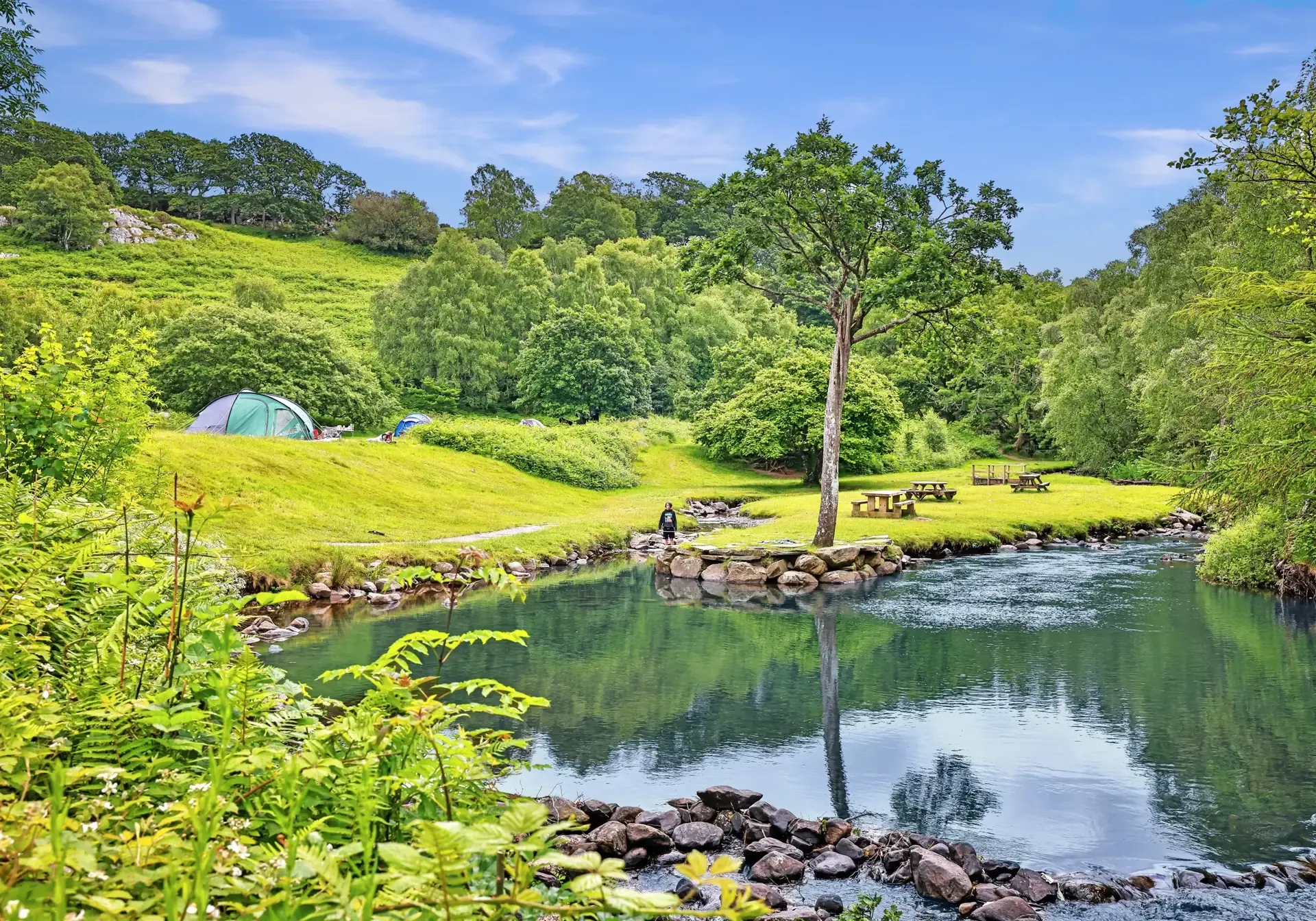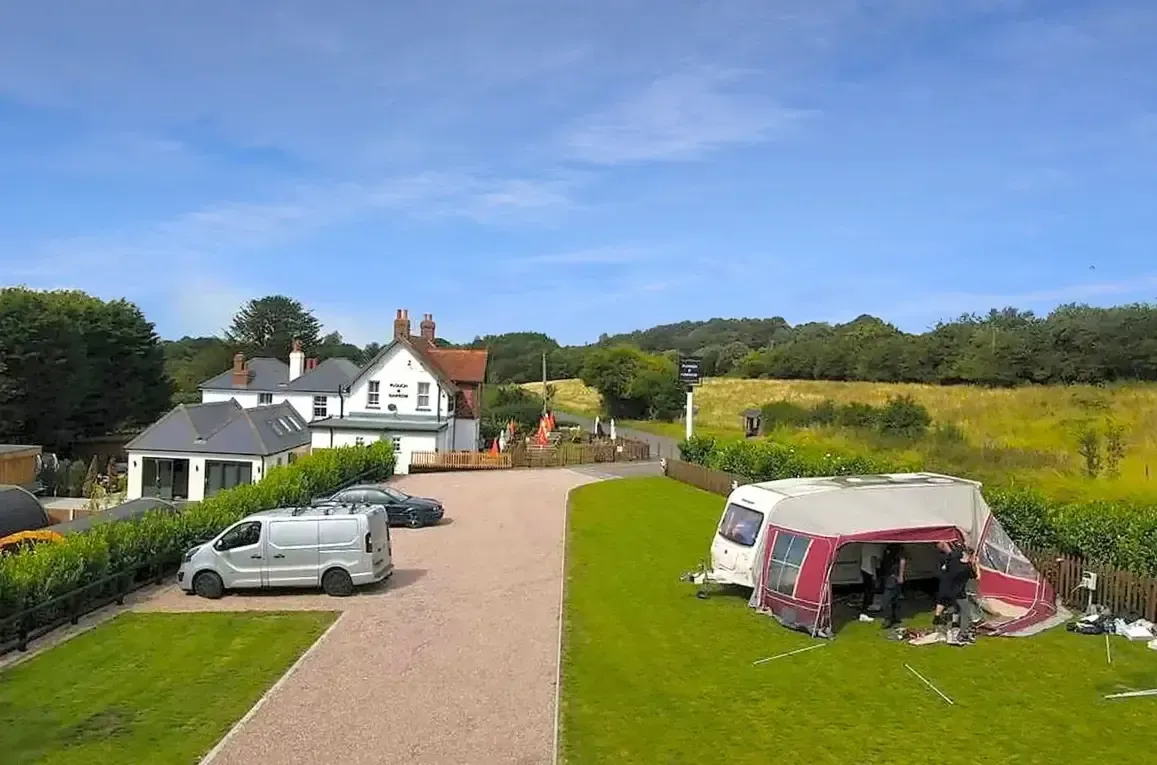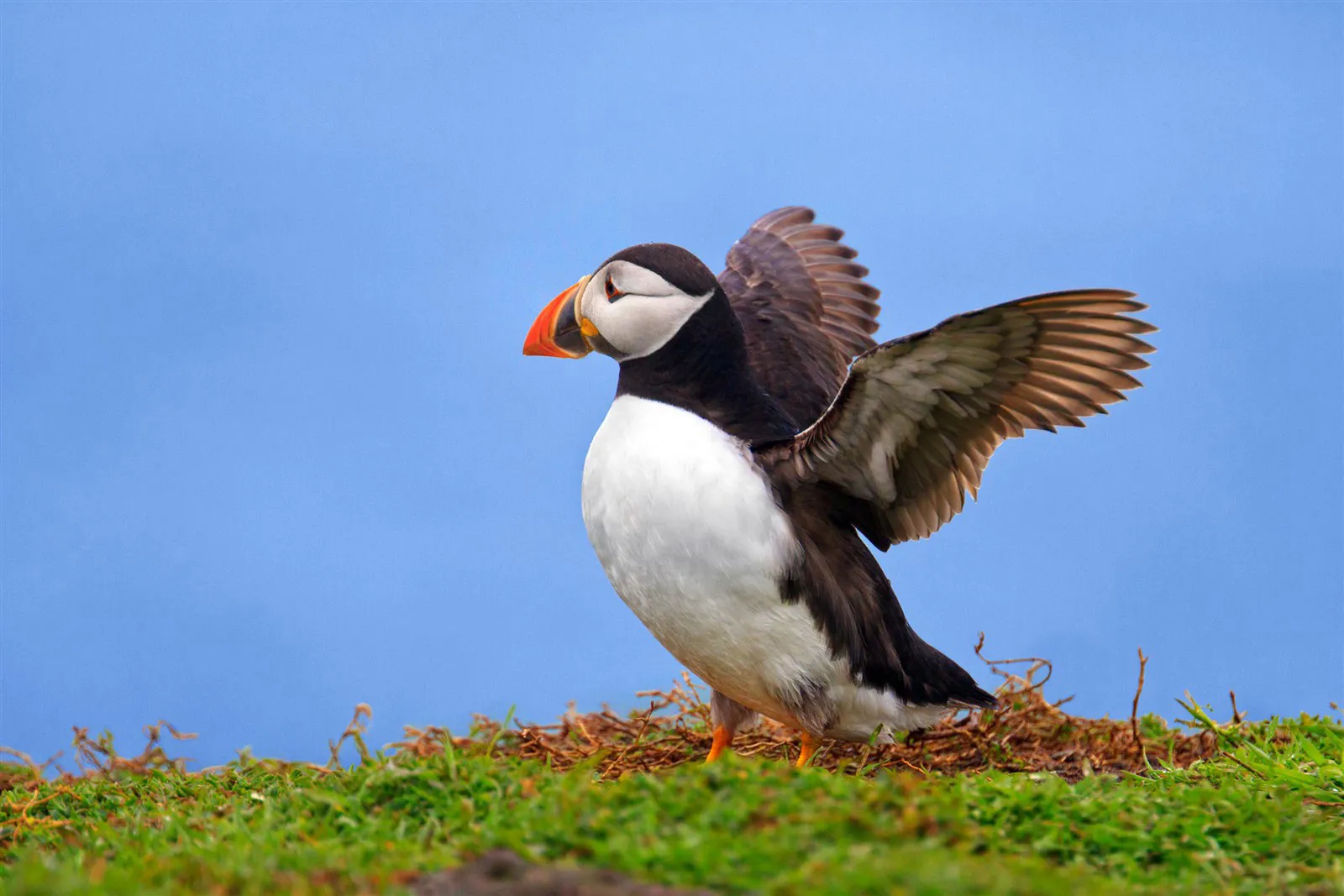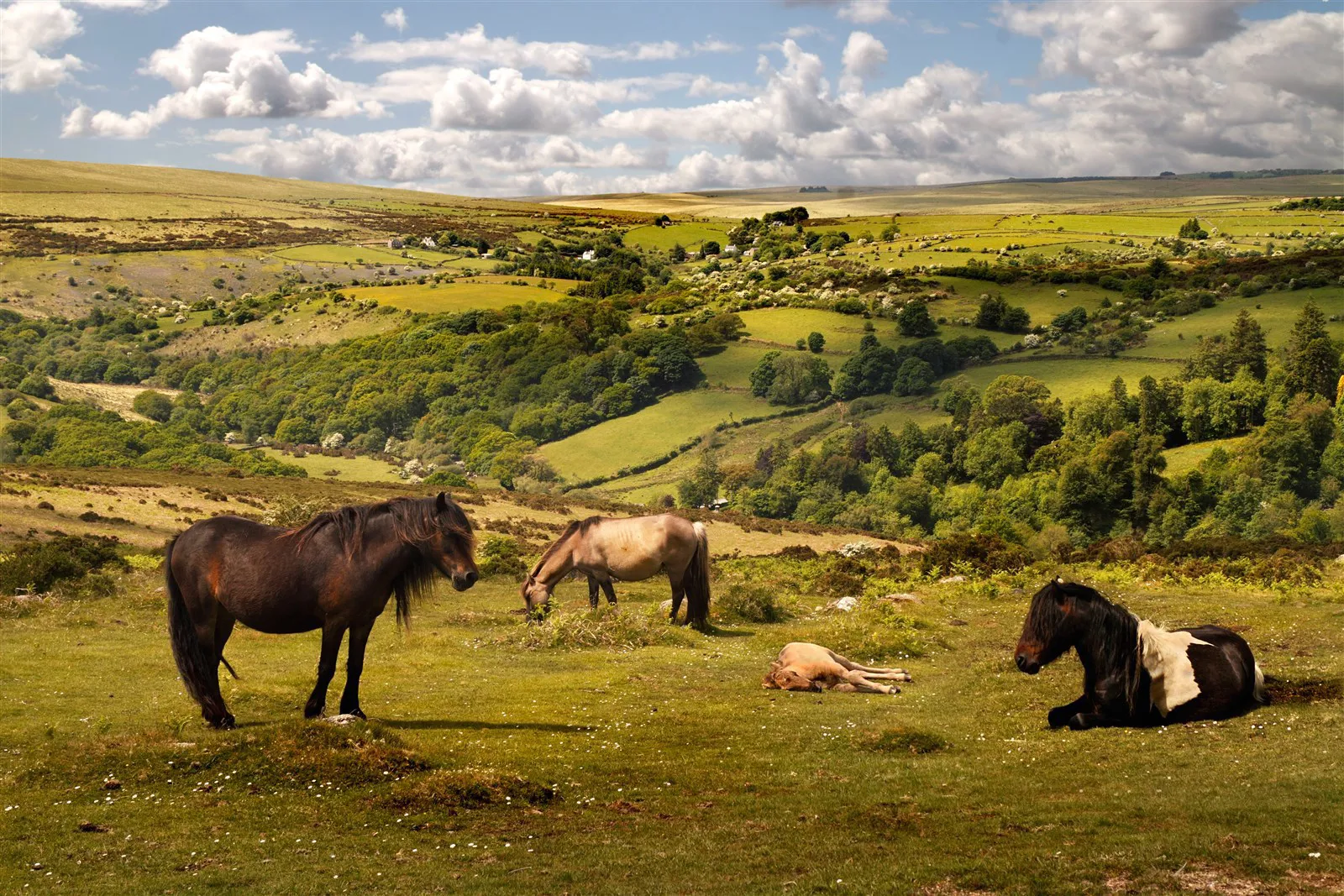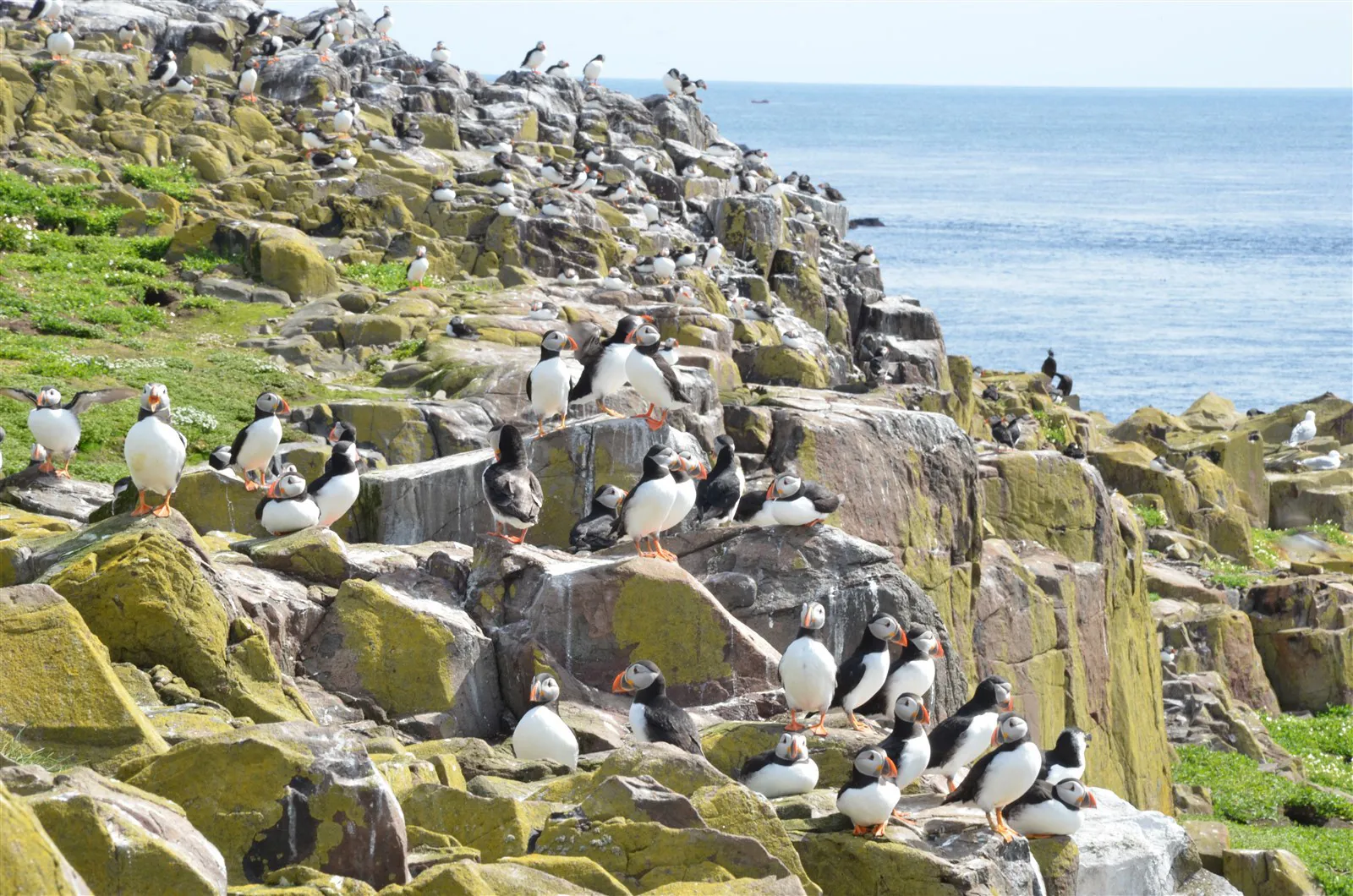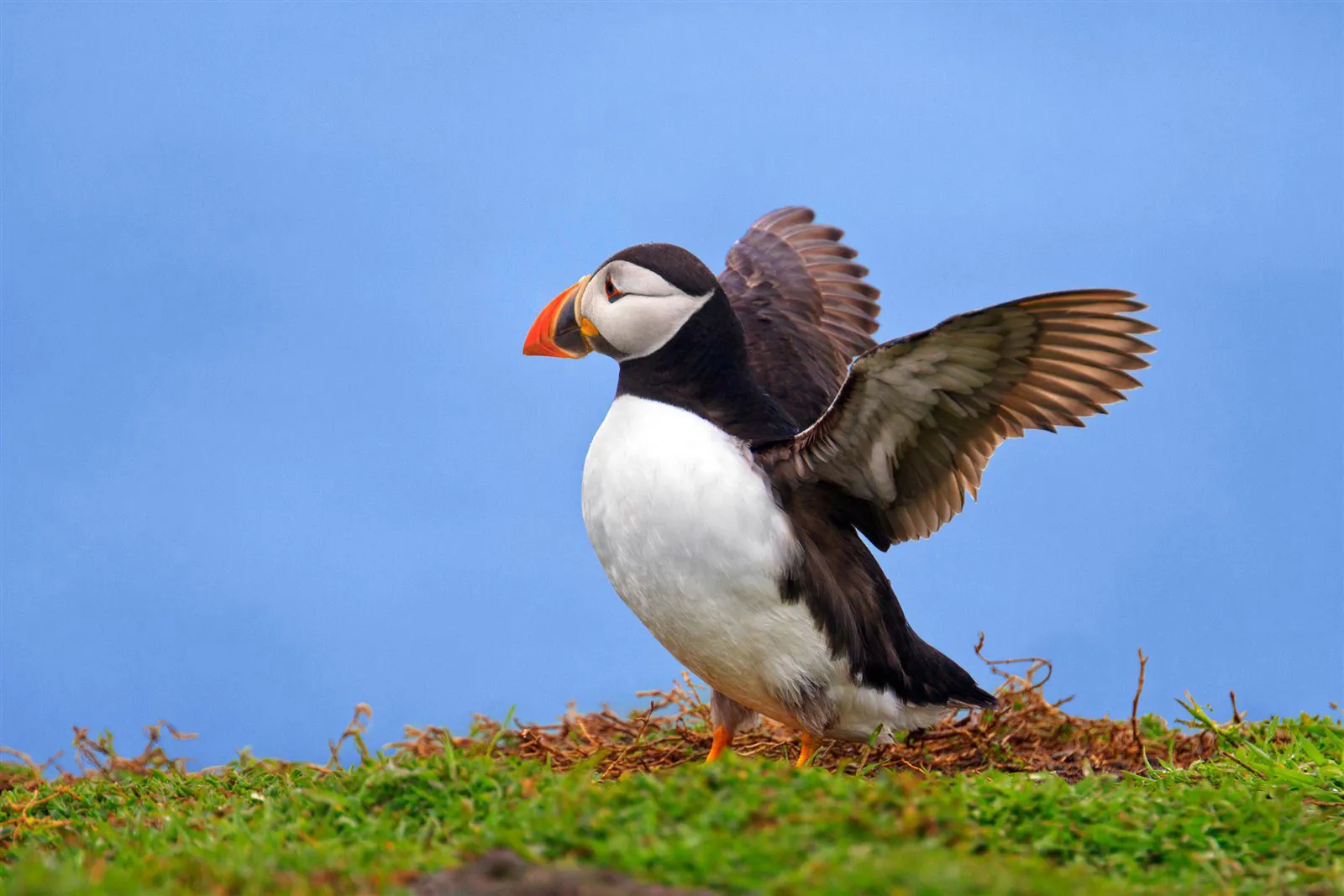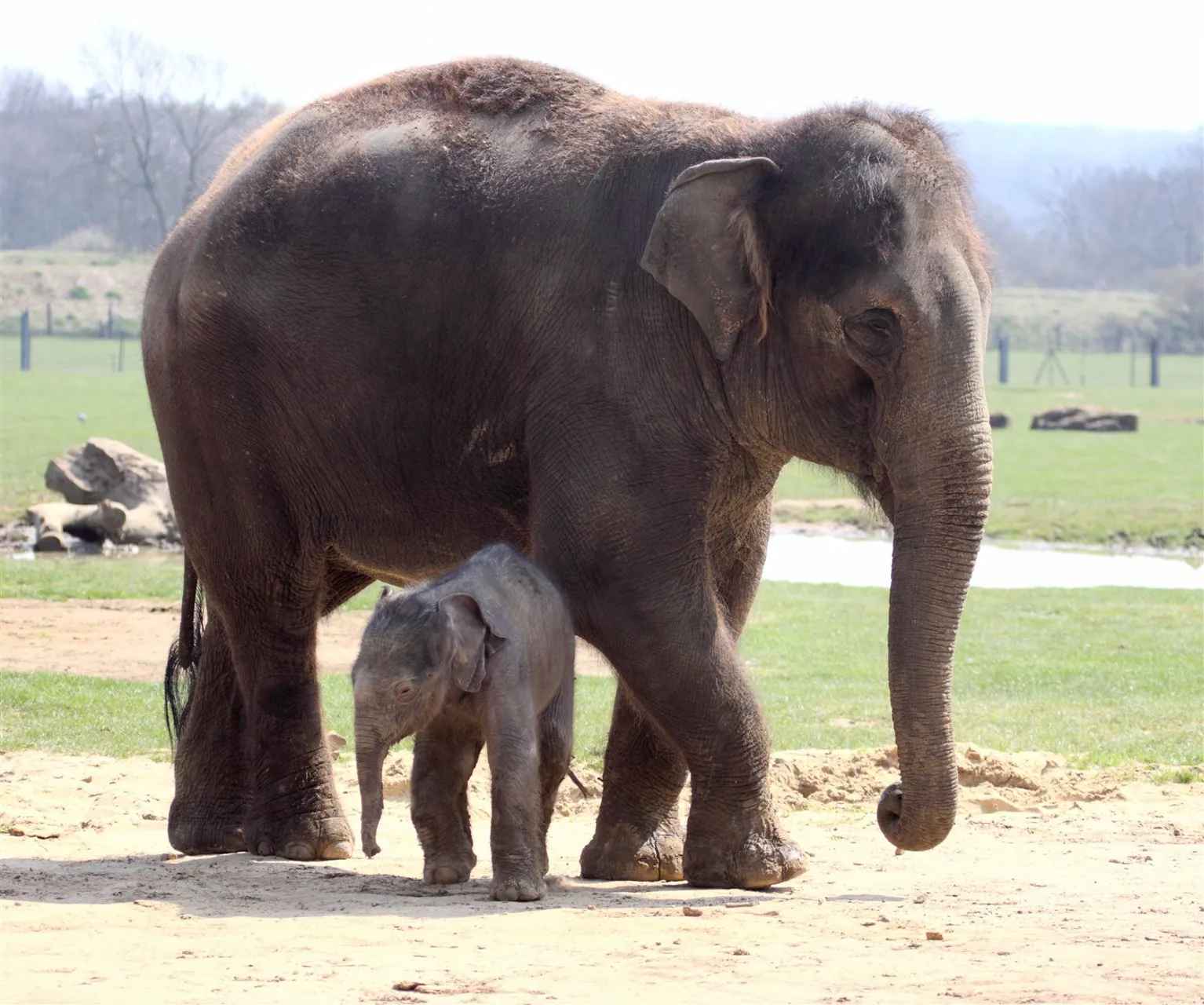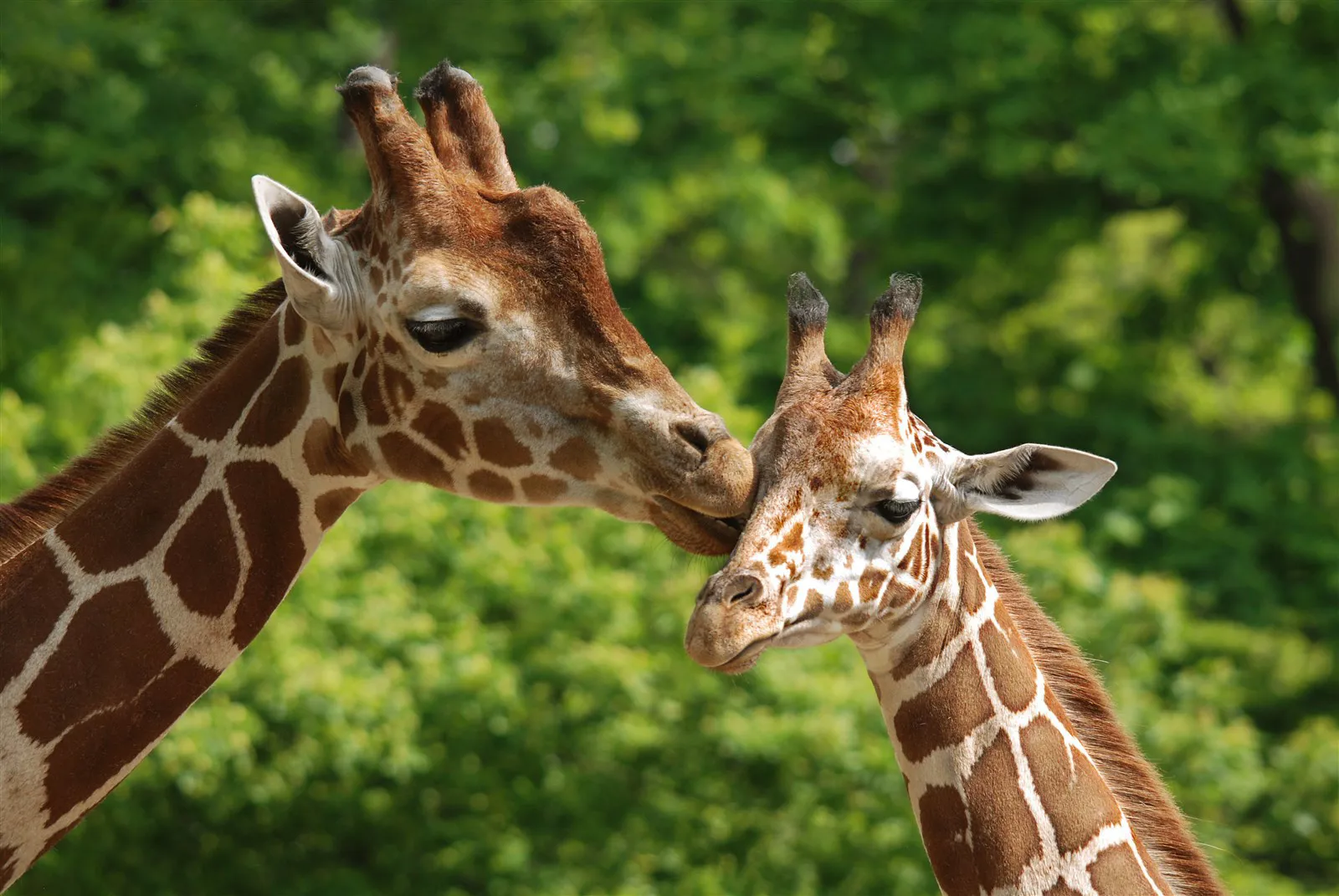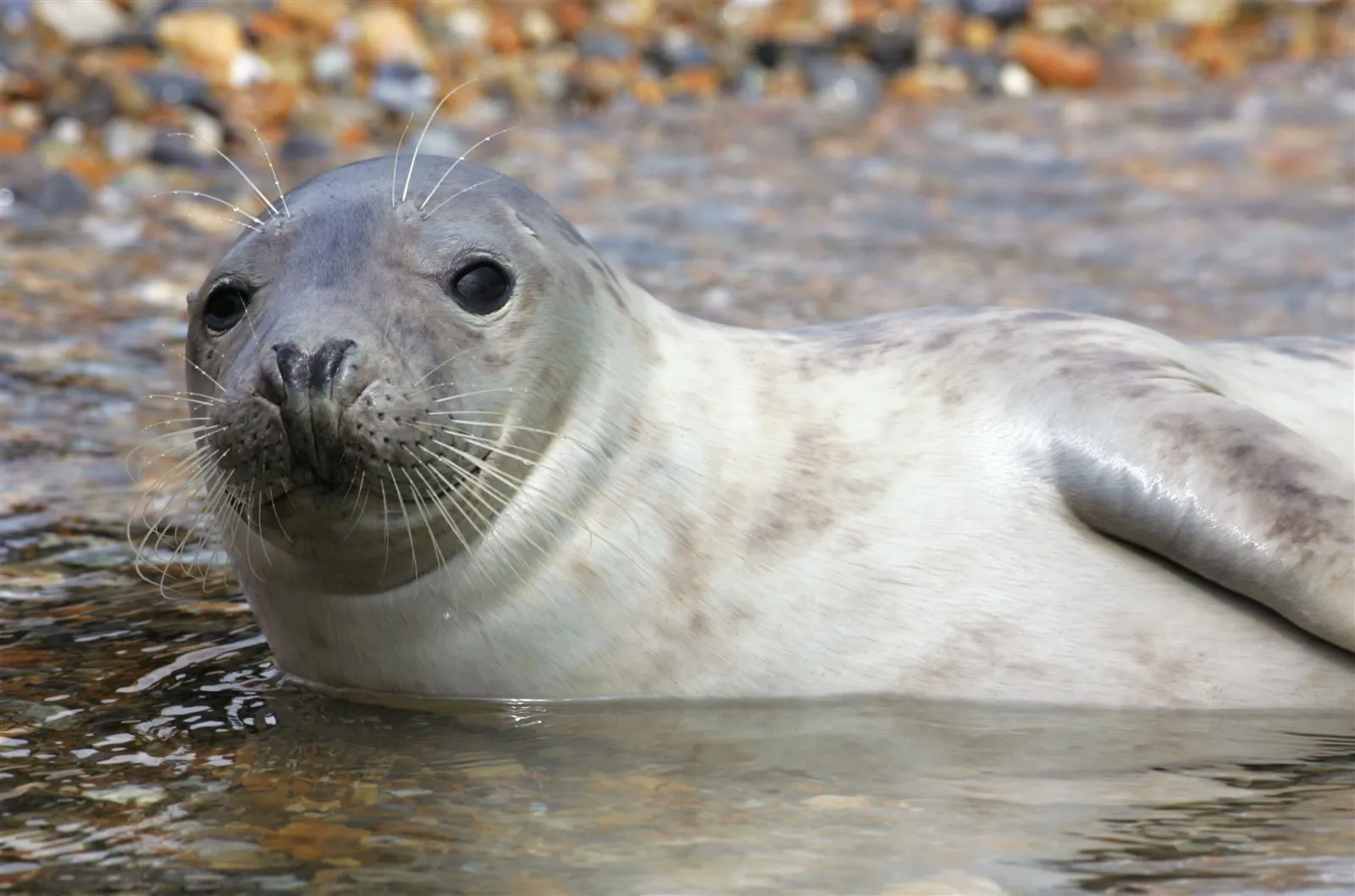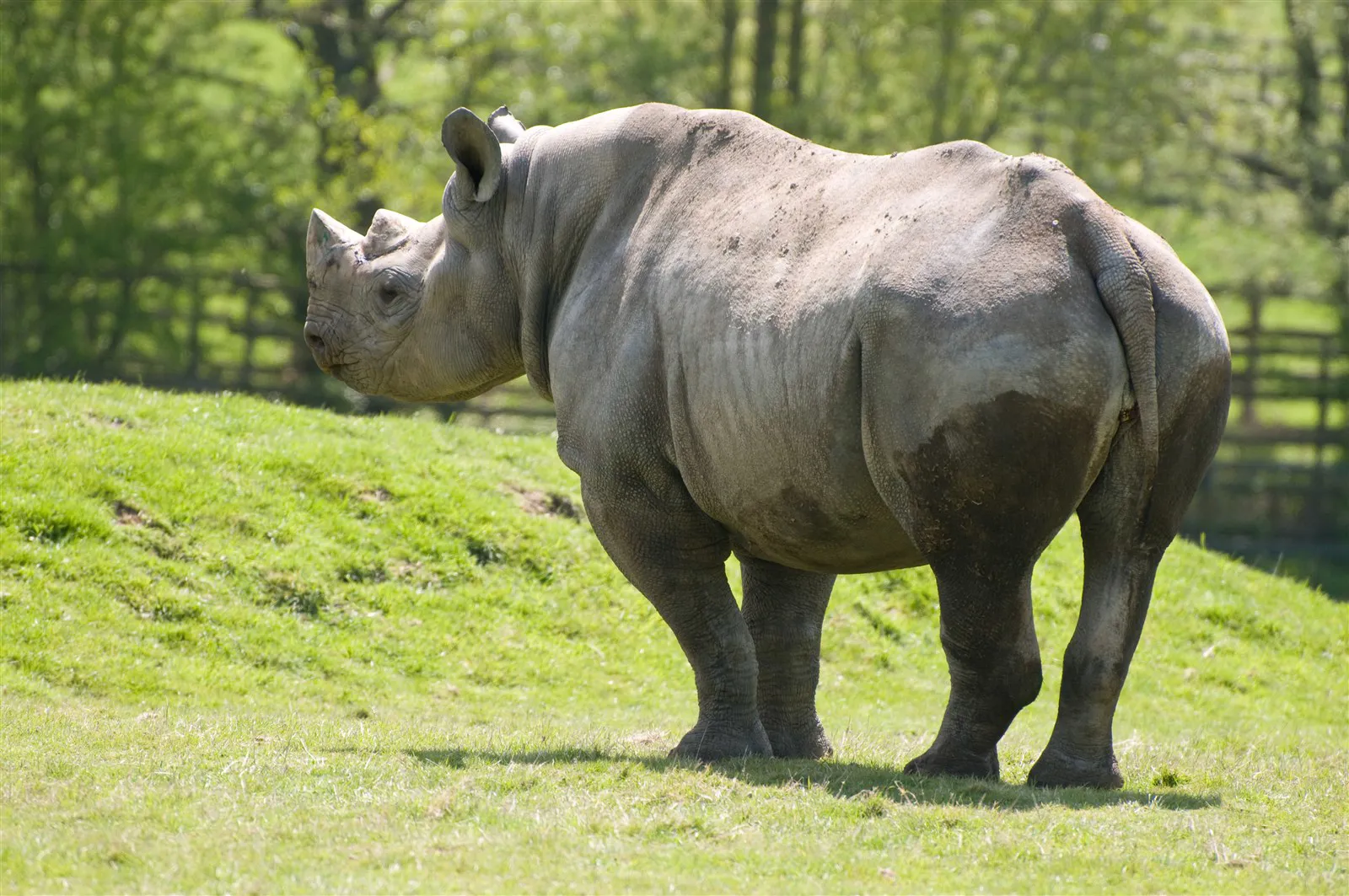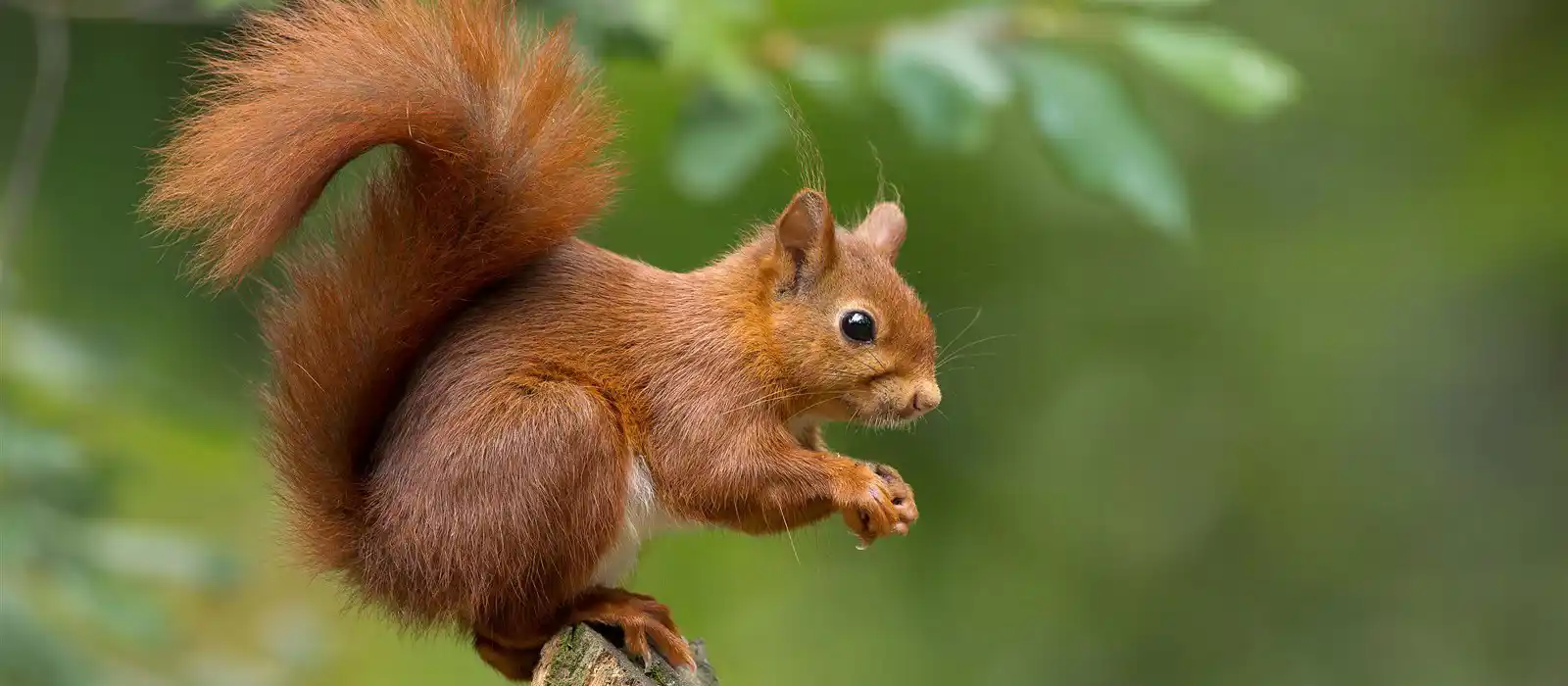
Why are red squirrels endangered? (And where to see them)
Native to the British Isles, red squirrels are easily recognisable by their rusty red colour, their bushy tails, tufted ears and their cute little faces. Our short guide below will help you to understand why red squirrels are endangered and give you ideas on how you can help to keep the species going for many, many generations to come. We are also going to give you some tips on where you can see red squirrels in the wild.
Why are red squirrels endangered?
Despite being one of the UK’s most loved native species, red squirrels have been rapidly decreasing throughout the country for decades. The reasons for this began in the 1800s when the eastern grey squirrel was introduced to the country from North America. Grey squirrels, being both bigger and stronger, out-compete with red squirrels for food and habitats.
Aside from displacing the reds, greys are also thought to be carriers of Squirrel Pox (Squirrel Parapoxvirus) which is not harmful to grey squirrels but is fatal to red squirrels. On top of this there has been widespread destruction of red squirrel habitats.
Numbers of red squirrels in the UK are estimated at around only 140,000 compared with a staggering 2.5 million grey squirrels. There are also two more varieties of squirrel in the UK, the black squirrel which is a subgroup of the grey, and the brunette squirrel which is a subtype of the native red, both of which developed as a result of genetic mutations caused by interbreeding. There are around 25,000 Black squirrels and 120,000 Brunettes in the UK.
Other big threats to the species of red squirrels include road traffic and birds of prey such as goshawks, even domestic cats can be a problem when squirrels enter gardens to feed. Without protection the red squirrel is at risk of becoming extinct in the UK within the next 10 years!
What is being done and how can you help?
There are several associations that are working to conserve the existence of red squirrels in the UK. Red squirrels receive full protection under the Wildlife and Countryside Act which makes it an offence to capture and disturb the squirrels as well as deliberately destroying or obstructing their habits and breeding places.
The Forestry Commission works together with a number of partners across the UK to come up with long-term strategies that will encourage the survival of the reds and deter the greys. Red squirrels thrive in conifer forests where they feed on the seeds found in pine cones, so proper management of these areas is vital.
Work between the Forestry Commission, Mammals Trust UK and the Universities of Newcastle and London is taking place in Kielder Forest, Northumberland which has England’s largest red squirrel population.
The Red Squirrel Survival Trust also aims to establish new red squirrel colonies in other parts of the UK, raise awareness and keep reds and greys apart. On the Isle of Wight in areas such as Newtown and Borthwood, varied habitats are being created to support a healthy growth in numbers.
Many of these trusts receive no government finding so making a donation will greatly help their cause. You could also help raise awareness by signing up for emails and newsletters that you can forward on to people you know or even put these trusts in touch with your place of work who could then help with charitable donations on a greater scale.
Volunteering to ‘squirrel spot’ and report your findings helps these charities to understand whether or not reds have firmly colonised that area and give an idea of numbers still surviving. The Saving Scotland’s Red Squirrel (SSRS) Trust is always looking for volunteers to help with small tasks such as assembling squirrelpox testing kits or distributing printed copies of their newsletter, Squirrel Scoop.
Best places to see red squirrels
Red squirrels are almost extinct in southern England, the best place to see them is the Isle of Wight where there are no grey squirrels and a thriving population of over 3,500 red squirrels. Some red squirrel sighting hotspots on the IOW include Parkhurst Forest in Newport, Borthwood Copse and the wooded areas of Shanklin. Another good spot in the south is Brownsea Island in Dorset, where there are also no grey squirrels to compete with. There are around 200 reds on the island and they can be hard to spot - they are most active in spring and autumn so it is worth a visit at these times.
You are much more likely to spot a red squirrel in the north of the UK. You can see red squirrels in the Lake District and Cumbria, particularly in Whinlatter Forest which is a red squirrel stronghold. You can also find red squirrels in Kielder Forest Park and other parts of Northumberland.
You can also find red squirrels on the island of Anglesey in Wales. There has been a lot of work to protect and conserve the island’s red squirrel population. You can also find them in other parts of Wales, notably mid Wales and the Clocaenog Forest in North Wales.
Scotland is home to over 75% of the UK’s red squirrel population (around 120,000 reds live there) and you can find red squirrel populations all over Scotland. Good places to start include Loch Ard Forest near Aberfoyle, Blackmuir Wood near Angus and a handful of places in Aberdeenshire.
Red squirrels are wonderful creatures and we need to do all we can to ensure the survival of this native species. With help from a number of trusts and organisations as well as voluntary hel
Download our list of everything of you need to remember for the perfect camping trip!
DownloadThese ideas for days out, places to visit and other experiences offer something for everyone.
Browse Ideas